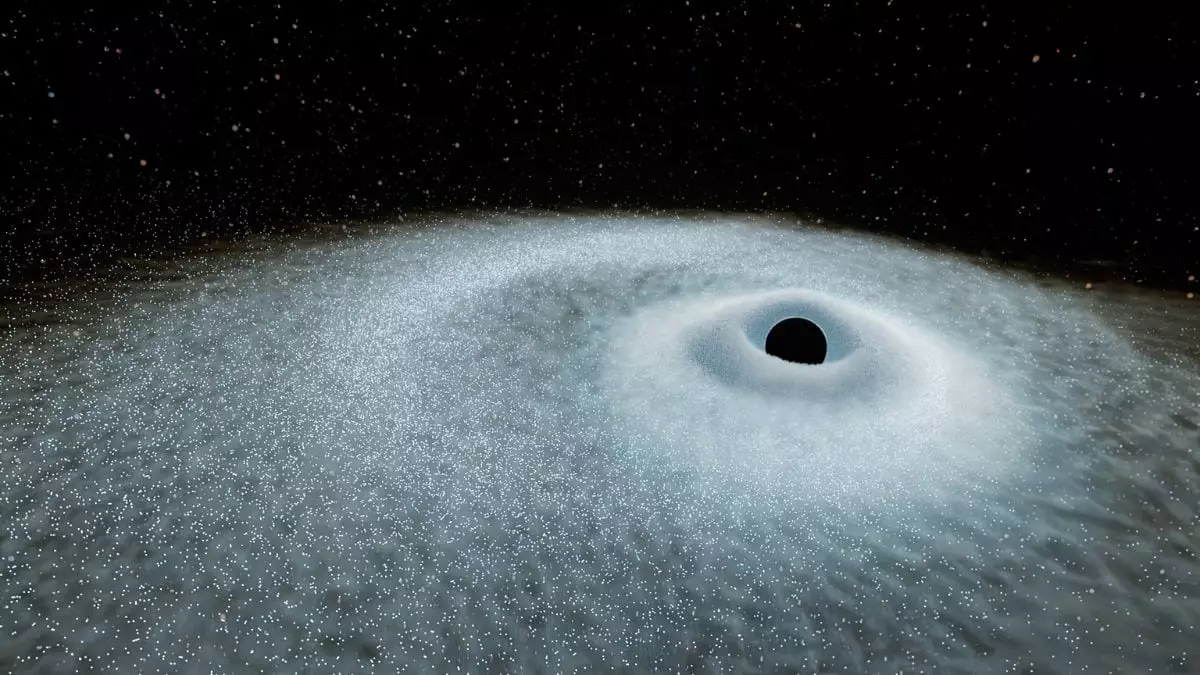In the arena of cosmic explosions, a new player has emerged—Extreme Nuclear Transients (ENTs). Characterized by their staggering intensity, these explosions are unlike anything we’ve previously witnessed from our vantage point on Earth. When stars that are at least three times the mass of our Sun meet their demise at the hands of supermassive black holes, they unleash a cataclysmic discharge of energy that baffles even the most seasoned astronomers. What’s particularly intriguing is not just the energy output, which dwarfs supernovae by a staggering factor of 100, but the duration of these events. Instead of the fleeting bursts we expect from tidal disruption events, ENTs appear to persist, reshaping our understanding of rare astronomical phenomena.
Revelations from the Abyss
The very existence of ENTs points to a vital aspect of black hole astrophysics that warrants further exploration. In a recent study led by Jason Hinkle from the University of Hawaii, researchers capitalized on observations made by the European Space Agency’s Gaia spacecraft. The identification of two unprecedented flares in galactic centers—one in 2016 and another in 2018—has led to an exhilarating investigation into the lives and deaths of stars in extreme environments. These flares, appearing in the cosmos like beacons of celestial fury, have potentially transformative implications for our understanding of galaxy formation and evolution.
As the field of astrophysics ventures deeper into the cosmic psyche, the staggering brightness of these flares provides a window into regions of space that were previously shrouded in mystery. It almost seems audacious to posit that we might glean insights into the feeding behaviors of black holes that existed eons before our own galaxy took shape. With observations that define a new chapter in our cosmic narrative, we are no longer mere passive spectators; we are engaged in an exhilarating cosmic dialogue that holds the potential to reshape our understanding.
The Road Ahead for Astronomical Inquiry
What does the future hold for our understanding of ENTs? As researchers unravel these extraordinary phenomena, they must confront the questions raised by their findings. Benjamin Shappee, a co-author of the study, notes that ENTs illuminate the growth of supermassive black holes, but the full implications of their characteristics are still elusive. This chaotic dance of energy and matter raises the need for innovative models that can adequately explain the symbiotic relationship between black holes and their stellar companions.
Moreover, the promise of upcoming missions equipped with advanced instruments offers tantalizing prospects for more discoveries. As we stand on the precipice of new astronomical ventures, we must challenge ourselves to fully delve into the realities of ENTs. Will these explosive cosmic events shift our understanding of energy distribution across galaxies and redefine our cosmic timeline? The stakes have never been higher. As observational technology advances, we are compelled not only to question the cosmos but to listen intently to its profound answers hidden behind the celestial veil.
In essence, the narrative of ENTs is more than a collection of cosmic data points; it is an invitation for humanity to engage deeply with the universe’s mysteries, igniting a new passion for exploration that resonates with our innate curiosity for understanding the very fabric of existence.

